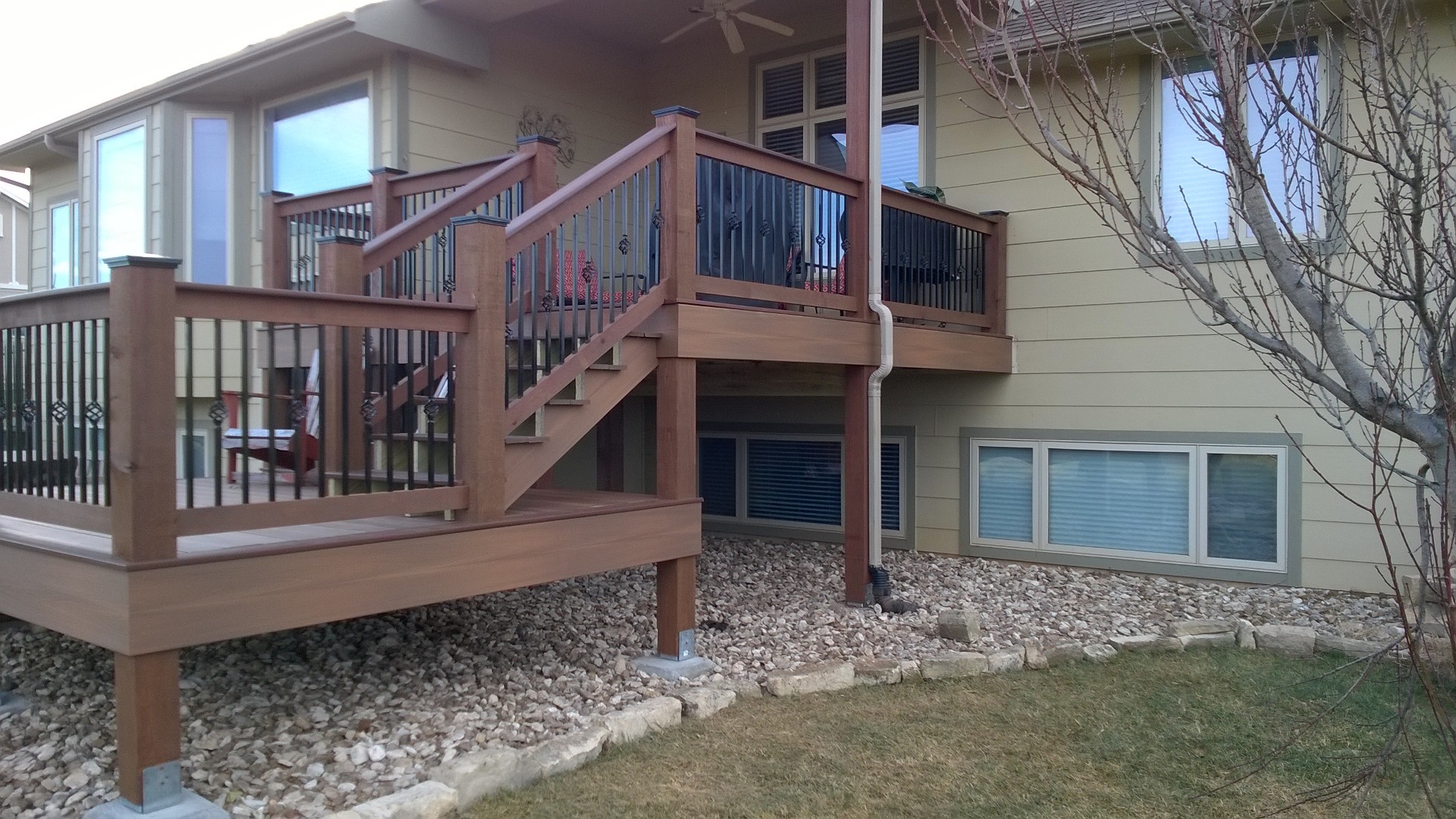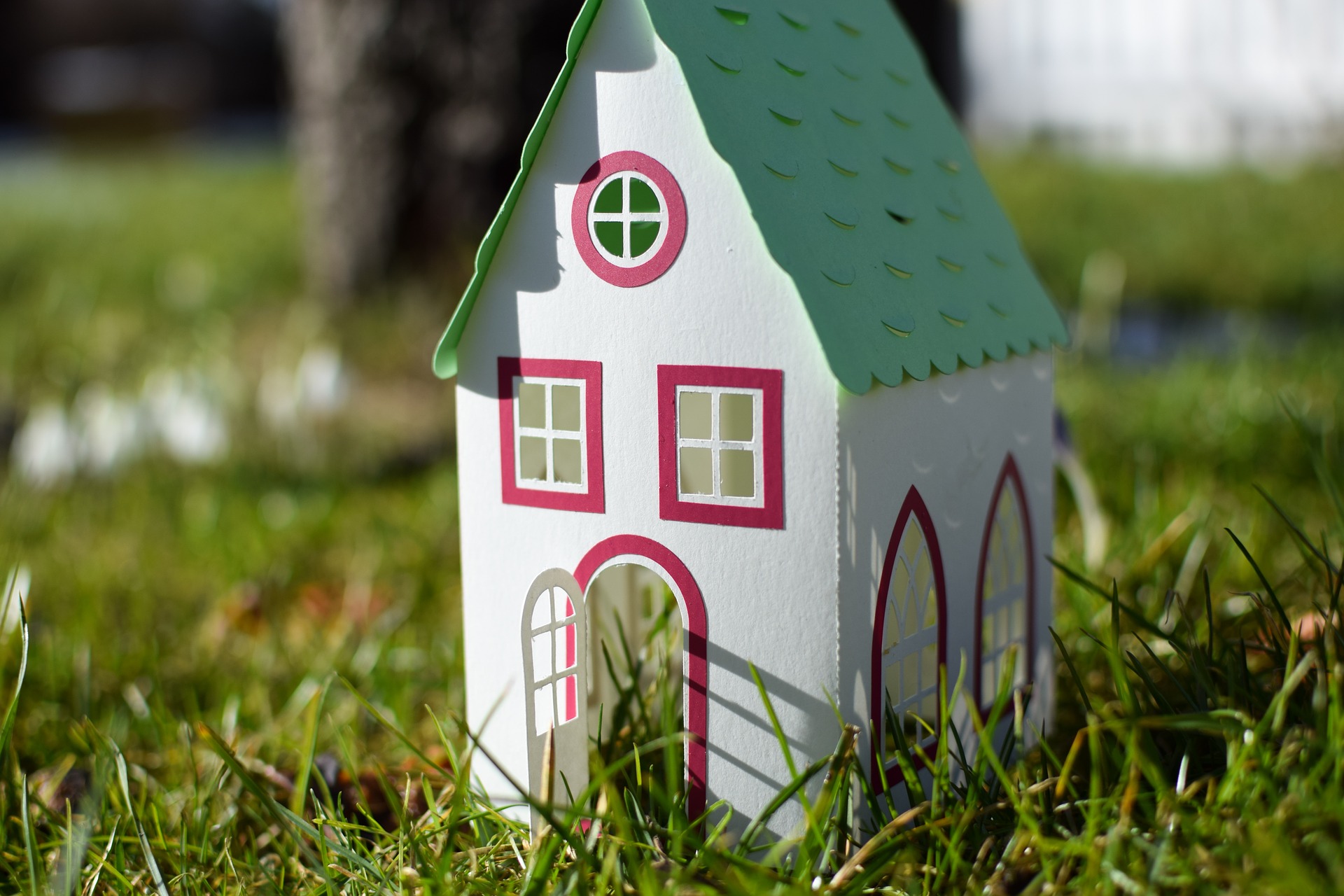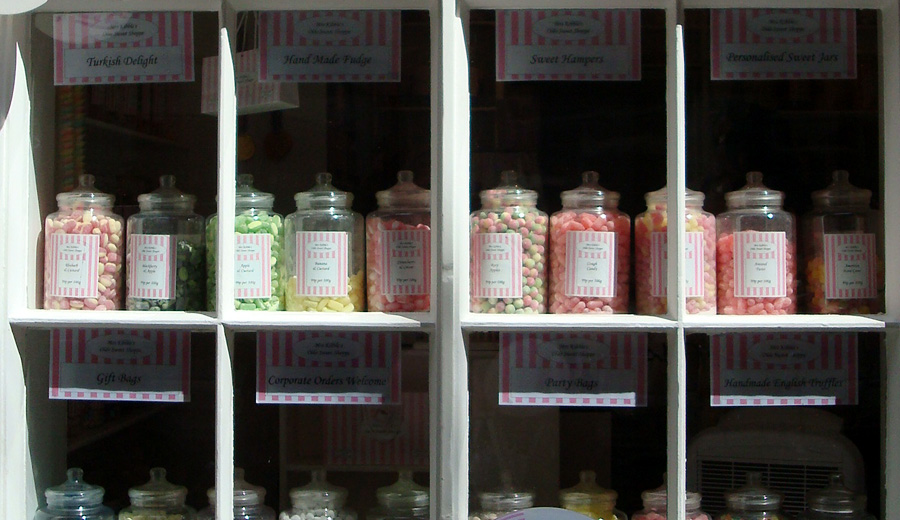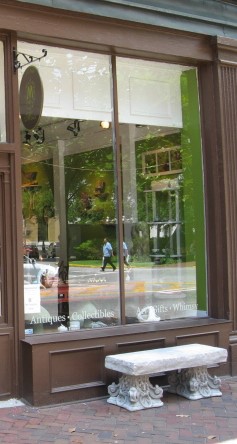What’s the Purpose for Your Re-purpose
Recently my web and social media coordinator, Stacey, gave me a list of questions from her husband, Daniel. One of them was “repurposing ideas?”. I am assuming that he is asking about some specific ideas and that list would be pretty long.
So, this answer may not be exactly what he was looking for, but more of a reasoning and thought process. I hope it will give him and you some direction when you are considering repurposing.
Repurposing is currently a popular trendy topic. Not that there is anything at all wrong with repurposing. On the contrary it can be a frugal and thrifty way to be good stewards. This kind of thing has been done since the beginning of civilization. Cavemen didn’t just go down to the store and pick up a hammer. They made one out of repurposed sticks, rocks and leather.
 I grew up repurposing, before it had a cool name like that. I remember as a kid setting on the concrete step of the barn straightening bent nails that had been pulled out of used boards. We had cans full of them and when doing a new project, we would repurpose them.
I grew up repurposing, before it had a cool name like that. I remember as a kid setting on the concrete step of the barn straightening bent nails that had been pulled out of used boards. We had cans full of them and when doing a new project, we would repurpose them.
Repurposing ideas are as big as your imagination. The internet is full of ideas that range from using discarded toilet paper tubes for storing cables and cords to using old picture frame corners to tile a ceiling or using old bathtubs for furniture and a grand piano for an outdoor fountain. Some of these ideas are simple and easy to do, some, not so much.
To find the answer to your specific repurposing questions, ask WHY, WHAT, HOW. These questions will be as wide ranging as your imagination. For Example:
- Why do you want to use something designed for one thing for something else?
- What is the intended outcome?
- What is the cost going to be?
- How is it going to be achieved?
- How much time is it going to take?

Old wringer washer, going to become a laundry sink
The answers are where you separate the realistic from the unrealistic.
- Everybody is doing it
- Saves money, less expensive than buying
- Improved use of original idea
- Better than throwing it away, not being wasteful
- Currently not being used, just sitting around and taking up space
- Physically not going to work
- Too costly
- Don’t have the time needed
- Don’t have the skill or ability
- Historical or sentimental value
- The finished product “cool factor” is worth it
A couple months ago I wrote about turning used grain bins into a home. This is a sizable repurposing project. When considering this project these questions and more have been and are being answered. This project is going to be a big repurpose full of smaller repurposes.
I told you that I would be sharing the project as it moves forward. We have met a couple of times and reviewed design ideas. I have set up an online project notebook in OneNote and Hannah has listed product thoughts and idea links. This is the current elevation and floor plan drawings. Sign up for our weekly solutions for more construction and repurposing ideas.


Repurposing is a great solution in many situations, but don’t do it just because someone else is doing it. Have a clear purpose for your repurpose.
Let me know if you have some specific repurpose questions or share your repurposed projects in the comments below.



 First, what material should be used to build it? It used to be that your choices were wood, wood and wood. Nowadays there are a variety of materials to choose from and some of them don’t contain any wood. Wood, whether it’s treated pine, smooth cedar or redwood, is still a reasonable and affordable option. Another product that is currently available and gaining popularity is composite decking, which is a combination of wood bi-products and plastic. Also, there are some aluminum, vinyl and plastic decking products out there as well.
First, what material should be used to build it? It used to be that your choices were wood, wood and wood. Nowadays there are a variety of materials to choose from and some of them don’t contain any wood. Wood, whether it’s treated pine, smooth cedar or redwood, is still a reasonable and affordable option. Another product that is currently available and gaining popularity is composite decking, which is a combination of wood bi-products and plastic. Also, there are some aluminum, vinyl and plastic decking products out there as well.
 The excitement that comes with the beginning of a project starts to wain after a while. You just want to have your project, whether it is a big renovation or a small repair, done. You want to get your life back to normal as quickly as possible. Regular life is disrupting enough without a construction project, but to have trades people coming in and out of your home or business periodically and/or unexpectedly wasn’t a part of that initial excitement.
The excitement that comes with the beginning of a project starts to wain after a while. You just want to have your project, whether it is a big renovation or a small repair, done. You want to get your life back to normal as quickly as possible. Regular life is disrupting enough without a construction project, but to have trades people coming in and out of your home or business periodically and/or unexpectedly wasn’t a part of that initial excitement.
 Projects rarely go the way the customer or the contractor think they should or would like, but this doesn’t mean that they need to be disappointing for either. The key is to plan and learn all that you can before you get too far into the process. If you will do this, you will decrease your chances of unrealistic and increase your chances of a wow project in the end.
Projects rarely go the way the customer or the contractor think they should or would like, but this doesn’t mean that they need to be disappointing for either. The key is to plan and learn all that you can before you get too far into the process. If you will do this, you will decrease your chances of unrealistic and increase your chances of a wow project in the end.
 The same is true for a construction project – what materials are going to be used, how much is going to be used and how well do you want it built? There is a wide variety of products out there and it is important that your contractor asks enough of the right questions to know what and how many ‘groceries are going in the bag’.
The same is true for a construction project – what materials are going to be used, how much is going to be used and how well do you want it built? There is a wide variety of products out there and it is important that your contractor asks enough of the right questions to know what and how many ‘groceries are going in the bag’.

 The tiny house epidemic has gone crazy. I understand the whole idea of living simply and downsizing. I even find the challenge of figuring out how to get the most function out of the small space fascinating.
The tiny house epidemic has gone crazy. I understand the whole idea of living simply and downsizing. I even find the challenge of figuring out how to get the most function out of the small space fascinating.

 Just recently I served as a professional witness in a small claims trial between a home owner and a contractor. Both sides had valid arguments, but the whole problem could have been avoided with better communication. The project was started without any written agreement. It was destined for problems from the very beginning. The contractor didn’t get paid for some of the time they had spent working. The home owner had to hire someone else repair some work that had been poorly done. They both had to pay court costs and neither won their case. When the trial was over it cost both parties more money, more time and more heartache.
Just recently I served as a professional witness in a small claims trial between a home owner and a contractor. Both sides had valid arguments, but the whole problem could have been avoided with better communication. The project was started without any written agreement. It was destined for problems from the very beginning. The contractor didn’t get paid for some of the time they had spent working. The home owner had to hire someone else repair some work that had been poorly done. They both had to pay court costs and neither won their case. When the trial was over it cost both parties more money, more time and more heartache.
 I was involved in a situation this week that is a good example of what can happen when there is little or no communication. I was in small claims court as a witness in a double law suit between a building contractor and their customer. The contractor sued for an unpaid balance for work performed. The customer counter-sued for inadequate and poor-quality workmanship. Both parties had legitimate claims and neither party won. When everything was over they both dropped their suits. What could have, no should have, been an enjoyable and rewarding experience for both, ended as a losing situation for everyone involved. This whole mess could have been avoided had they started communicating in the beginning. There was no written agreement of any kind, just a verbal agreement with an hourly rate. This left too many unanswered questions and assumptions.
I was involved in a situation this week that is a good example of what can happen when there is little or no communication. I was in small claims court as a witness in a double law suit between a building contractor and their customer. The contractor sued for an unpaid balance for work performed. The customer counter-sued for inadequate and poor-quality workmanship. Both parties had legitimate claims and neither party won. When everything was over they both dropped their suits. What could have, no should have, been an enjoyable and rewarding experience for both, ended as a losing situation for everyone involved. This whole mess could have been avoided had they started communicating in the beginning. There was no written agreement of any kind, just a verbal agreement with an hourly rate. This left too many unanswered questions and assumptions.
 DESIGN – When considering design, it is more about function and appearance. There are a huge variety of options available to choose from. This is one reason to start with a clear why. Design is an area that can make a big difference in the finished project. You need to be careful though because it is easy for the ‘bells and whistles’ to push the price beyond your budget.
DESIGN – When considering design, it is more about function and appearance. There are a huge variety of options available to choose from. This is one reason to start with a clear why. Design is an area that can make a big difference in the finished project. You need to be careful though because it is easy for the ‘bells and whistles’ to push the price beyond your budget. grilles. It may also be that you hope to change the view when looking through the windows. Grilles are a great way to do this.
grilles. It may also be that you hope to change the view when looking through the windows. Grilles are a great way to do this. Wood – I like its stability and the option of having a stained wood interior.
Wood – I like its stability and the option of having a stained wood interior.




 Wood Benefits – Stability is the biggest benefit to wood framed windows. The wood frames expand and contract less with changing temperatures. This means the seals where the glass and the frame are connected are more likely to last longer.
Wood Benefits – Stability is the biggest benefit to wood framed windows. The wood frames expand and contract less with changing temperatures. This means the seals where the glass and the frame are connected are more likely to last longer. inyl Benefits – One good thing about vinyl is that it doesn’t rot or deteriorate from exposure to moisture.
inyl Benefits – One good thing about vinyl is that it doesn’t rot or deteriorate from exposure to moisture.